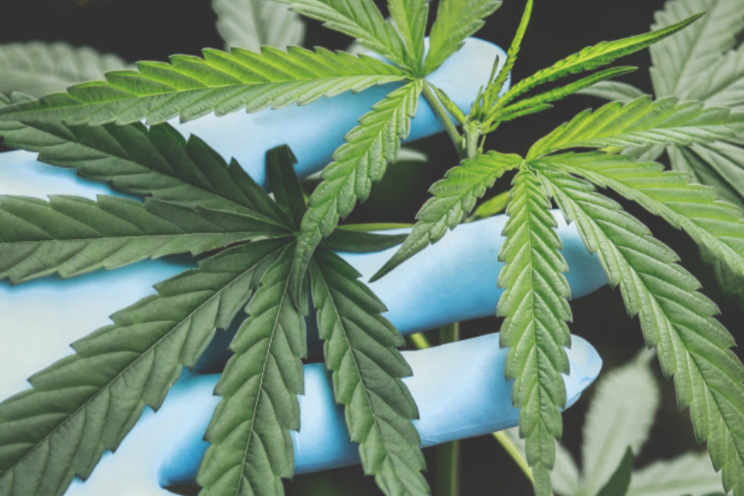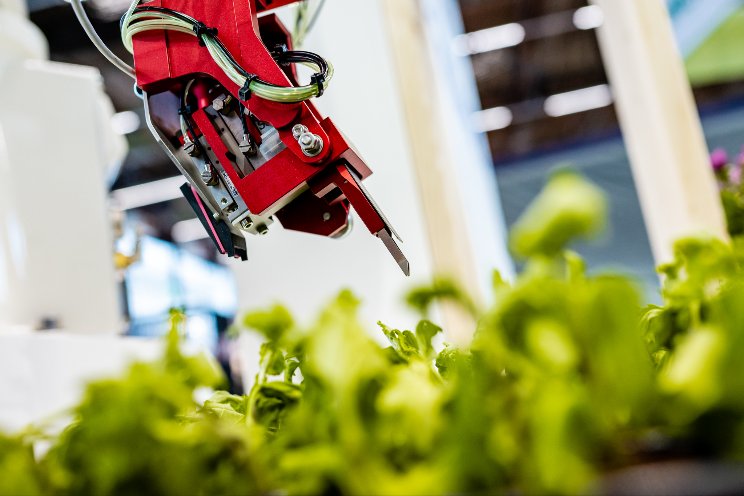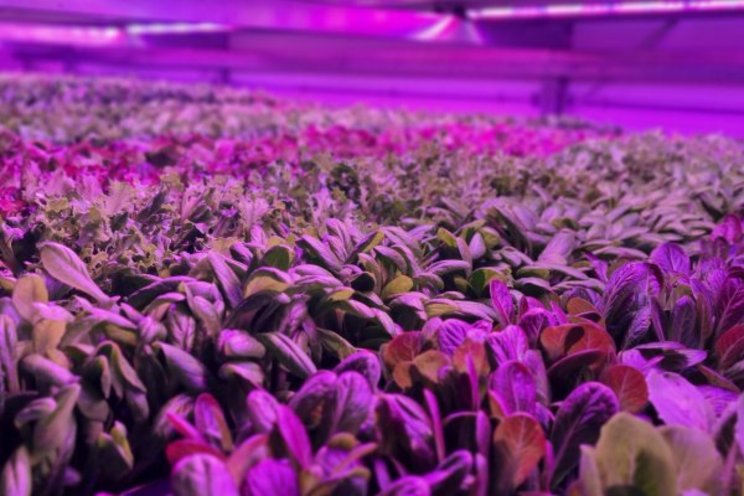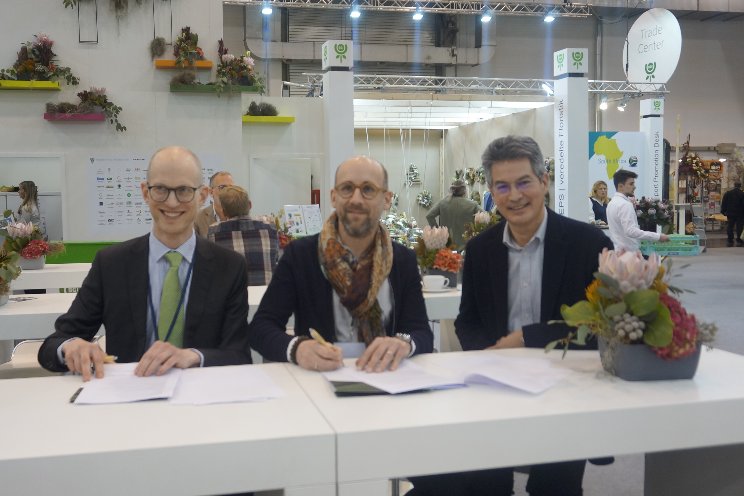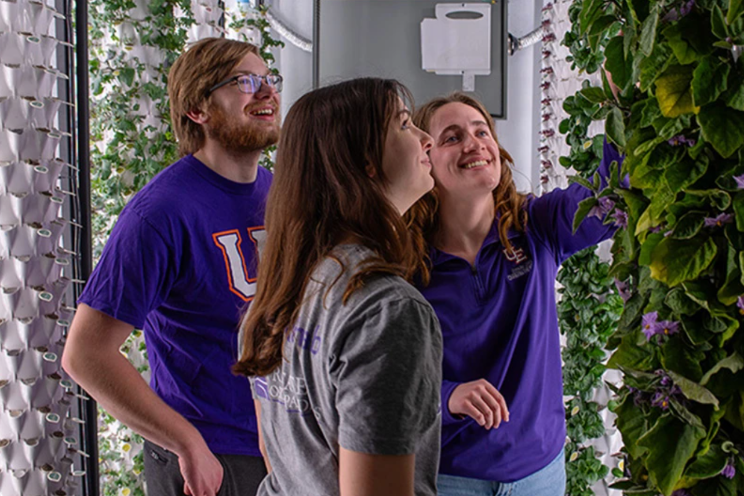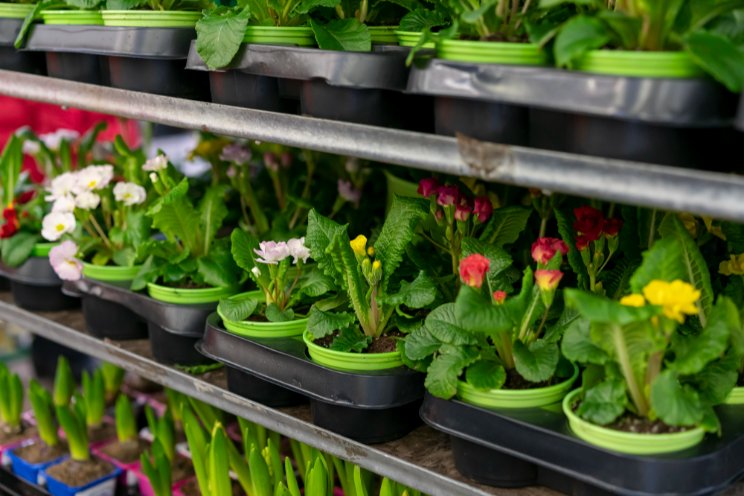Striving for optimal greenhouse control
Added on 21 December 2023

Finding the right solutions can be challenging, especially when unanticipated outside factors (e.g., politics, war, pandemic) directly or indirectly impact greenhouse operations. While the choices between labor and technology are important, this article will focus on strategies growers can use to reduce the energy inputs needed to successfully grow greenhouse crops.
TEMPERATURE CONTROL
Plants perform best when their environment is maintained within an optimal temperature range. This range can vary depending on plant species and variety and involves the temperature of the surrounding air, the temperature of the canopy and the temperature of the root zone. For convenience, many greenhouses are controlled based on the air temperature because it is relatively easy to get an accurate reading.
Image by drobotdean on Freepik
More news
